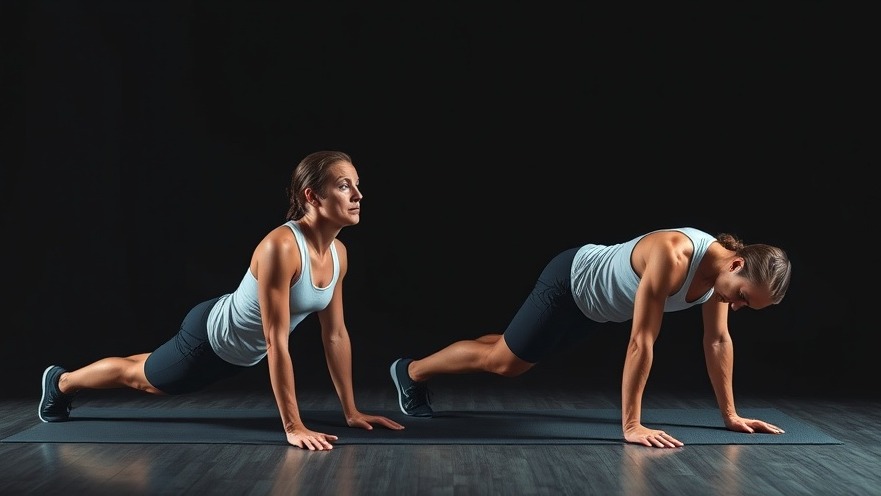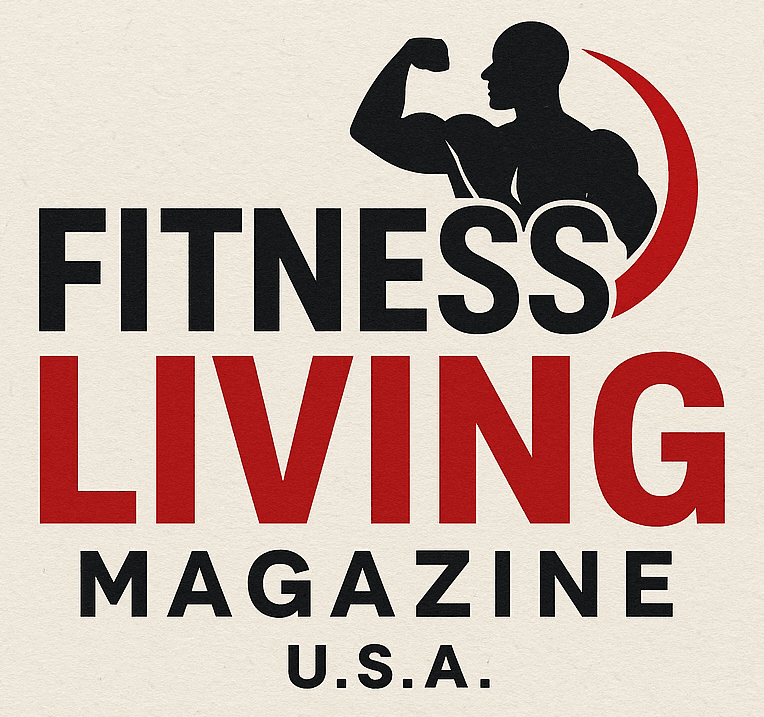
Understanding Core Strength: Beyond the Plank
Many of us dread the traditional plank—ten seconds into it, our hips sag, and discomfort takes over. However, core strength is crucial as we age, especially in combating the aches and pains arising from prolonged periods of inactivity. The issue is simple: a weak core doesn’t just lead to challenges in the gym; it impacts our daily lives, affecting everything from lifting groceries to standing up after a long movie. This is especially pertinent for fitness professionals looking to enhance their clients' well-being.
In 'I Couldn’t Hold a Plank at 40… Until I Tried This Core Fix', the discussion dives into core strengthening techniques, and we’re breaking down its key ideas while adding our own perspective.
A Novel Approach: The Single Arm Plank Hold
For those who struggle with regular planks, consider introducing a single arm plank hold into your routine. This tweak shifts body weight onto one arm, requiring the engagement of core muscles in a challenging way. Initially designed to enhance stability, this move fundamentally focuses on strengthening those deeper muscles often neglected in standard planking. For trainers, this is an opportunity to offer an innovative tactic that can motivate clients who have plateaued in their workouts.
Building Better Stability
The essence of the single arm plank hold lies in stability. If one attempts this position and finds their hips tilting, it highlights an area that could be crucial in not just fitness routines but overall body well-being. Ensuring clients engage these deeper-core muscles will make regular movements safer and easier. During a session, monitor your clients as they perform this exercise; their progress—from wobbling to steadiness—will showcase improvements not just in strength but in showing how enlightening functional workouts can be.
Transforming Daily Activities
This new arm plank technique can lead to life-improving changes. No longer will lifting laundry baskets or reaching for high shelves induce a heart-stopping fear of back injury. A strong core supports many aspects of daily life, and after consistent practice of the single arm hold, the evidenced improvement shows that fitness is linked to quality of life.
Spotlight on Progress: Monitoring Improvement
Measuring progress can yield astounding motivation. Encourage clients to keep a record, perhaps even filming their plank progression over two weeks. Observing their improvements visually will not only bolster their confidence but help them understand how the adjustment impacts mobility and day-to-day function. This method fosters a sense of achievement and reinforces the idea that fitness is a lifelong journey.
Creating an Engaging Environment
For gym owners and fitness trainers, the focus should not just be on exercises but on creating an environment where clients feel supported to try new techniques. Introducing the single arm plank not only diversifies workouts but also invites personal breakthroughs. Emphasize that improvements will emerge from embracing the journey of core strengthening.
A Strong Core Equals a Stronger Mind
Remember, fitness isn’t merely a physical challenge; it’s mental, too. By advocating for core workouts like the single arm plank, you can cultivate a mindset focused on self-improvement. Engage your clients in conversations about how stability enhances not only physical pursuits but mental resilience as well. Share how they’ll start noticing differences both in fitness capacities and daily activities.
The traditional plank may seem too daunting for some, but with the single arm hold, new possibilities arise for strengthening the core effectively and safely. Integrate this tweak in your routines and watch how it instills confidence in your clients. Together, let’s plank our way to a stronger, healthier future!
 Add Row
Add Row  Add
Add 



Write A Comment